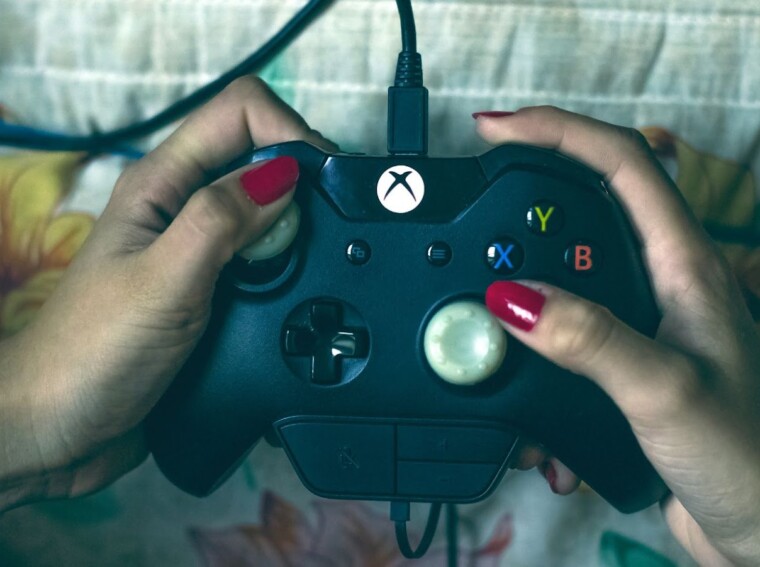Nothing can stop the rise of esports. Today, the competitive gaming industry is worth billions, with many of the most prolific players having amassed considerable fortunes in just a few years. Meanwhile, online and offline tournaments attract audience figures that conventional sports can only dream of. In 2022, it’s estimated that more than 500 millon people tuned in online to watch at least one esports event. While it’s tempting to assume that esports is a fairly new invention, competitive video gaming has been around in some form for around half a century.
The Early Days of Esports
You only need to take a look at this CSGO schedule to see how many esports tournaments are currently going. Nowadays, barely a month goes by without a six-figure prize pool being dished out to lucky winners. However, the first competitive gaming event was held back in 1972. The event was called Intergalactic Spacewar Olympics. Held at Stanford University, this modest tournament brought together five lovers of the game Spacewar to do battle. The lucky winner didn’t take home anything like the prize pools of today. Instead, they pocketed an annual subscription to Rolling Stone magazine.

This event might seem pretty inconsequential but less than a decade later, a similar event attracted more than 10,000 entrants. This time, the game in question was Space Invaders, with the aim of the tournament to see who could secure the highest score. It was still a long way from the international tournaments we enjoy today, but it was arguably the first true esports event.
New Genres Provide New Esports Opportunities
The arrival of affordable home consoles allowed for the next shift in esports. In 1990, the Nintendo World Championship was held, with SNES console owners able to participate. Although limited to the United States, events were held in almost 30 cities across the country.
Advances in console technology led to a rapid spike in interest in competitive gaming. Additionally, a more diverse range of genres and titles helped reshape the scene. Although beat ’em ups aren’t particularly well represented at modern-day esports events, back in the early 1990s, the likes of Street Fighter II were at the forefront of competitive gaming. Why? In the past, gaming competitions had solely focused on which player could secure the highest score. Now, multiplayer games are making it possible for players to do battle in real-time.
Contemporary esports owes a lot to the multiplayer revolution. Games like Doom, which allowed up to four players to do battle, proved particularly popular. It also set the scene for current genre favorites like Overwatch and Call of Duty.
Esports Enters the Modern Era
The first true online esports event was held in 1997 when more than 2,000 Quake players registered for the first Red Annihilation event. Accessible broadband internet was now not only making it possible for players to connect globally, but also allowing audiences to grow. In the early 2000s, televised esports became more of a staple, attracting viewers across Asia, Europe, and the United States.
The Online Evolution of Esports
The internet continued to shape the evolution of esports. When Twitch was launched in 2011, nobody could have expected it to prove a breeding ground for pro-level esports athletes. Nonetheless, it quickly proved popular with the gaming community. Within a year of its launch, Twitch was bringing in more than 20 million visitors every month.

Aspiring pro-level gamers finally had a launching pad they could use to showcase their talents to the world. Over the next decade, some of the biggest esports events on the planet were introduced, including Dota 2’s The International, the League of Legends World Championship, and the Fortnite World Cup.

